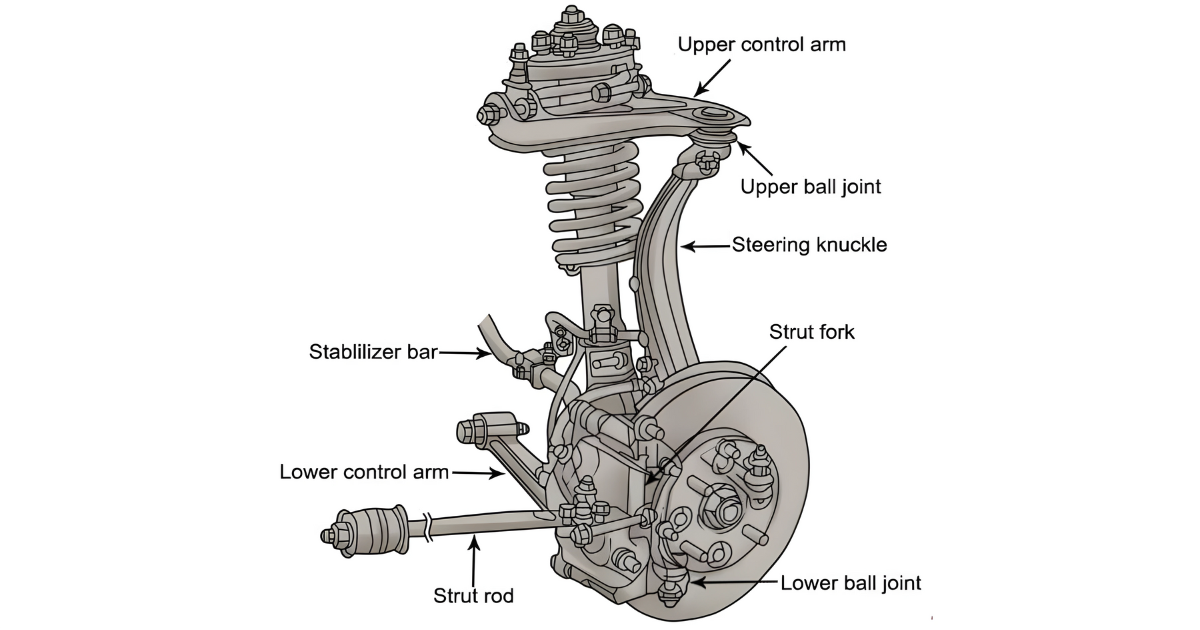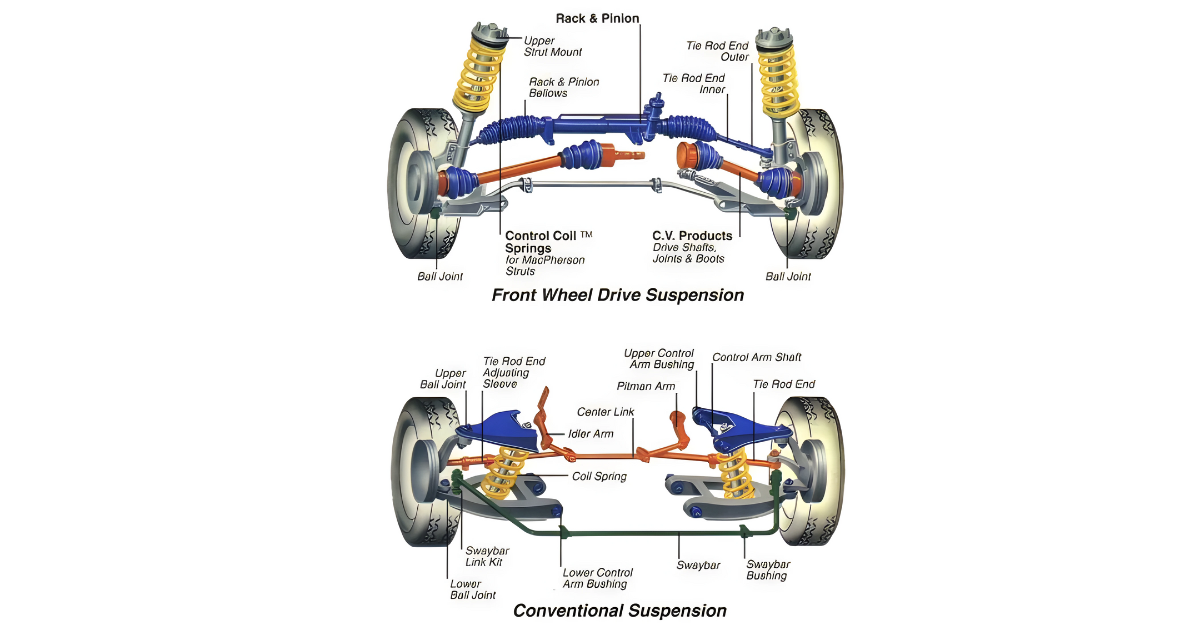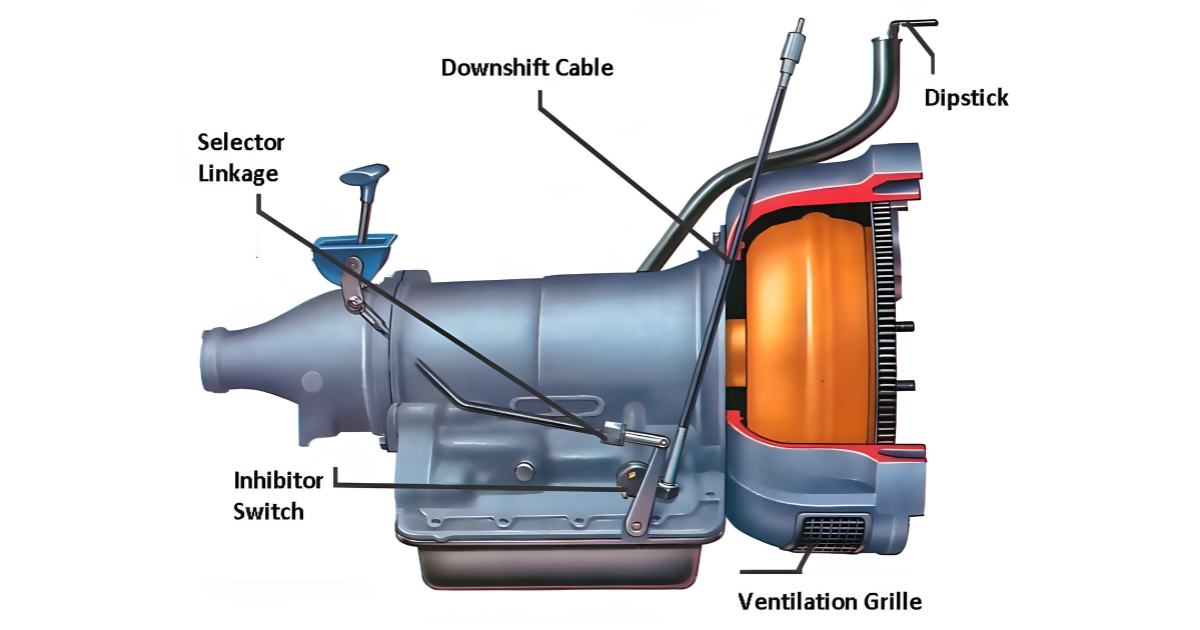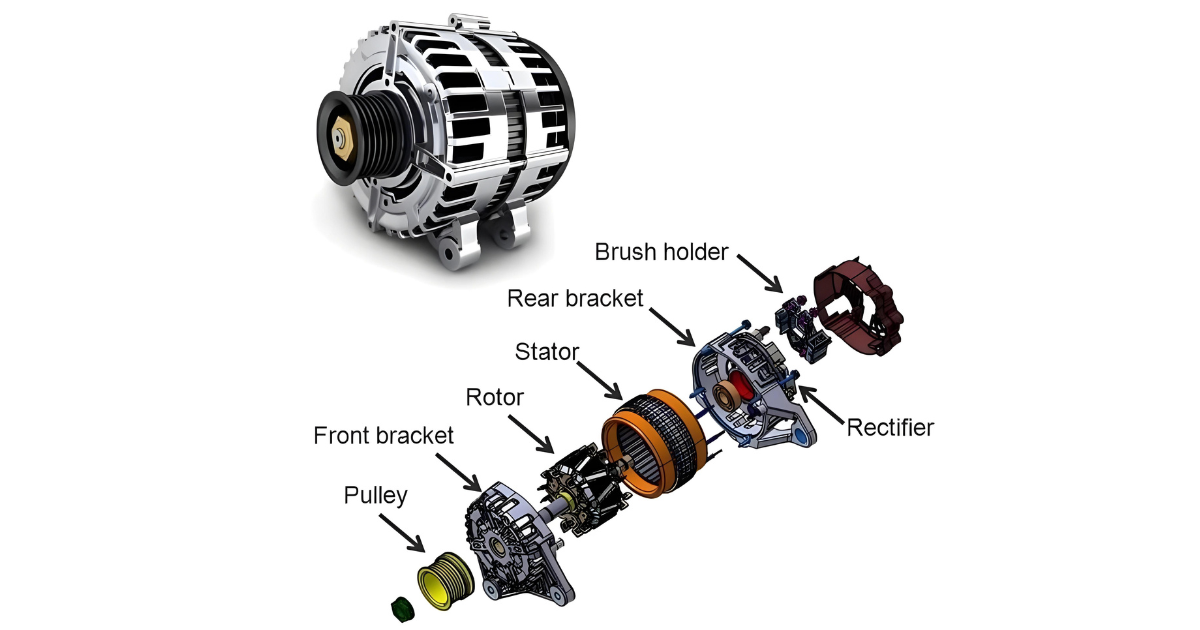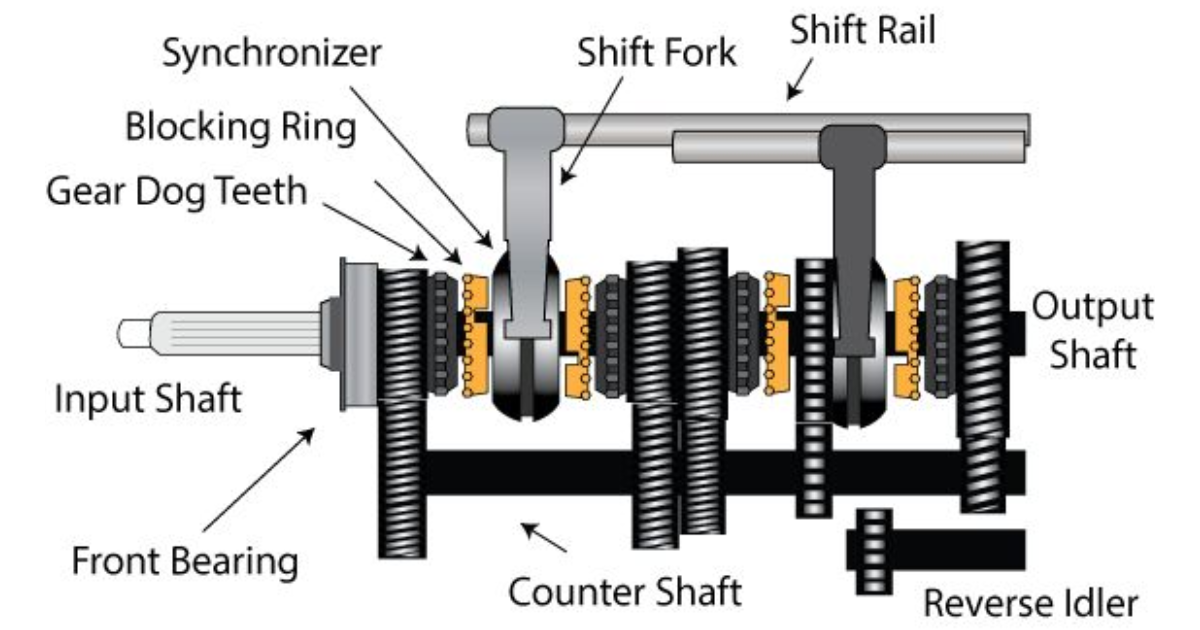As we glide along the road in our vehicles, the comfort and stability we experience are owed in large part to a marvel of automotive engineering: the suspension system. Hidden beneath the chassis, this intricate network of components plays a crucial role in ensuring a smooth and controlled ride.
Let’s learn about the science behind suspension systems, unraveling the key elements that contribute to the comfort and performance of our journeys on the open road.
The Basics of Suspension Systems
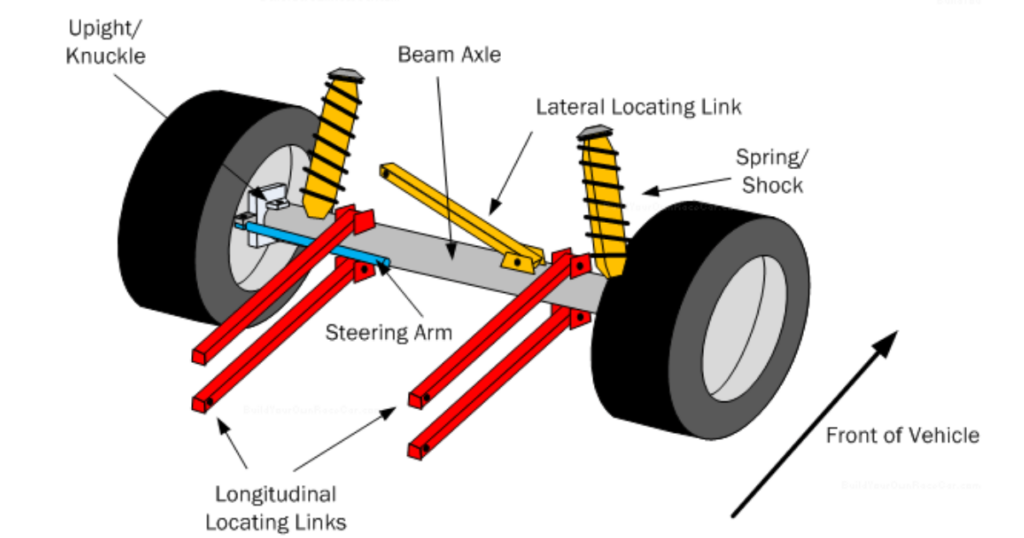
At its core, a suspension system is designed to manage the vertical motion of the vehicle’s wheels, absorbing shocks and vibrations from the road surface. This not only enhances ride comfort but also ensures optimal tire contact with the road for improved handling and safety.
Springs: The Foundation of Comfort
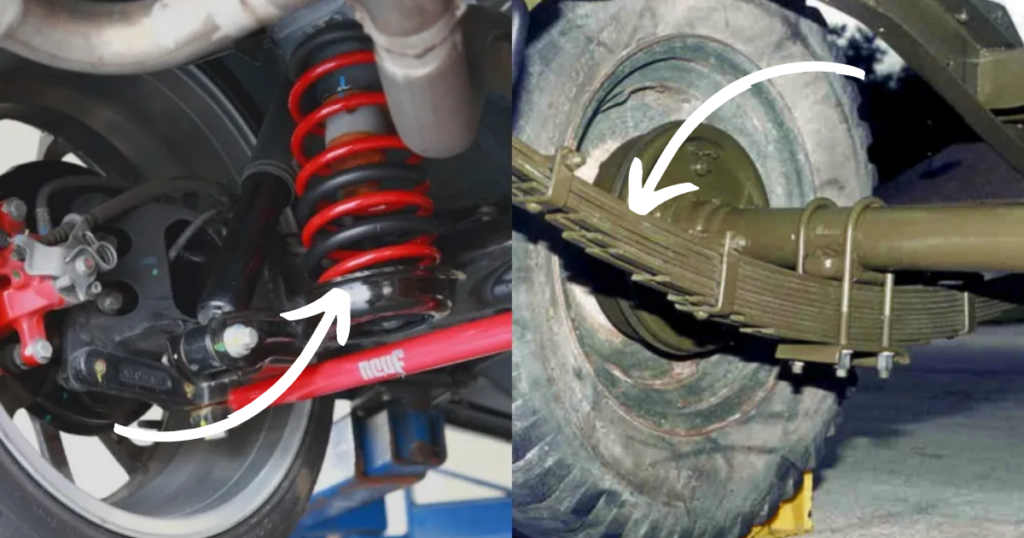
Springs are fundamental to any suspension system. They store and release energy to absorb the impact of bumps and irregularities in the road. Common types of springs include coil springs, leaf springs, and torsion bars, each offering unique characteristics in terms of load-bearing capacity and responsiveness.
Shock Absorbers: Damping Oscillations
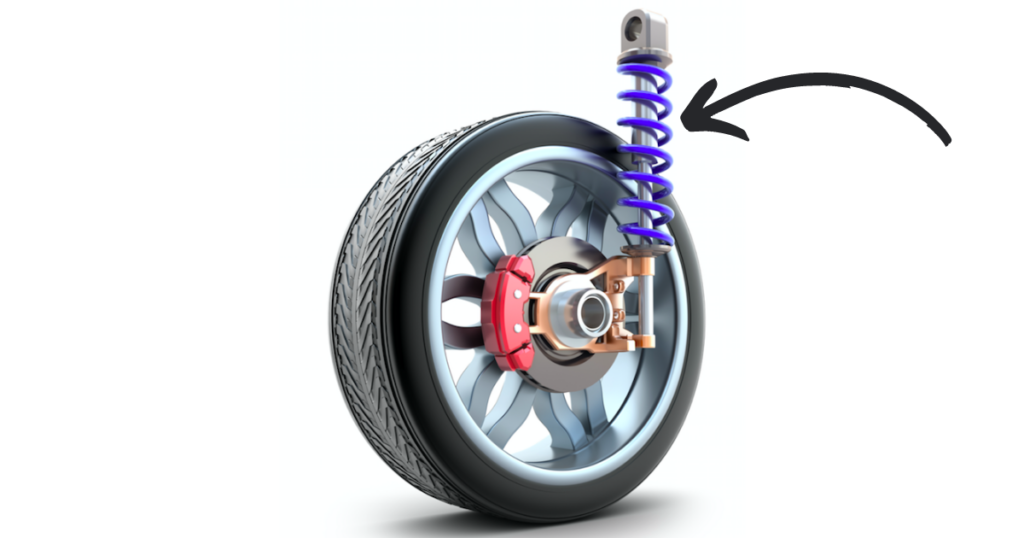
Working in conjunction with springs, shock absorbers, or dampers, they control the oscillations of the springs, preventing the vehicle from bouncing uncontrollably. Shock absorbers ensure a controlled and smooth ride by dissipating the energy that the springs absorb.
Struts: Combining Support and Damping
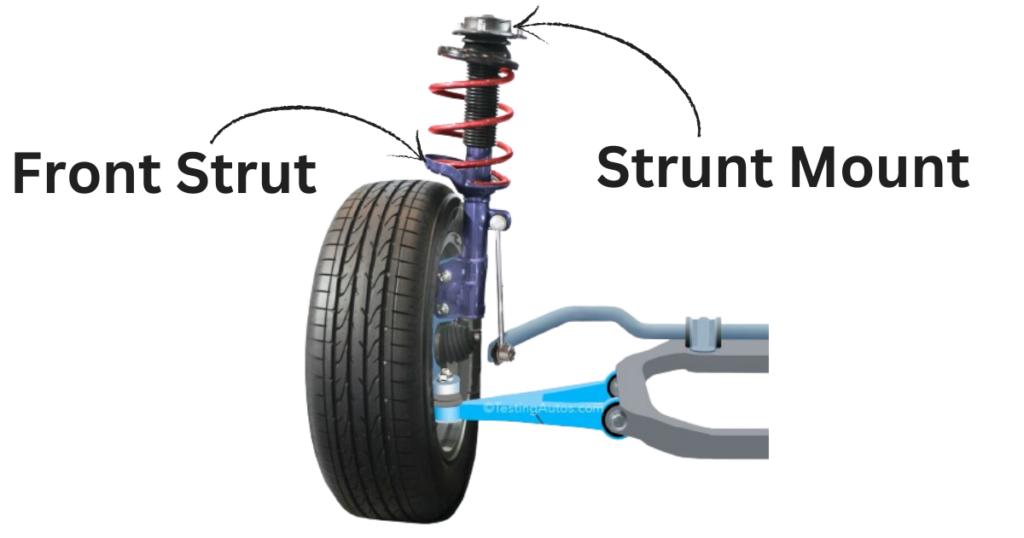
In many modern vehicles, struts combine the functions of springs and shock absorbers into a single unit. Struts provide structural support to the vehicle while also managing damping duties, simplifying the suspension system’s design.
Anti-Roll Bars: Enhancing Stability
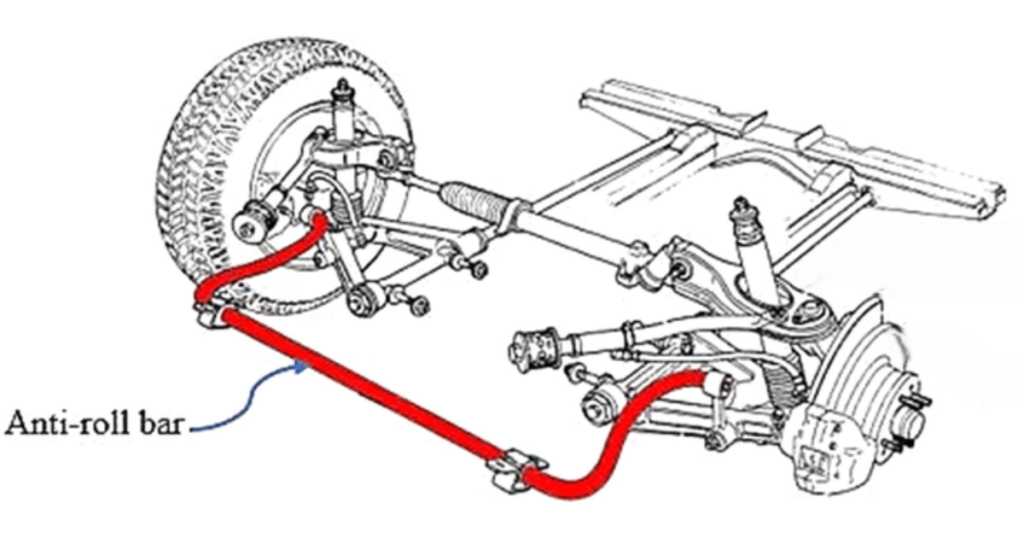
Anti-roll bars, also known as sway bars, connect the left and right sides of the suspension. They mitigate body roll during cornering, enhancing stability and control. Anti-roll bars are crucial for maintaining even weight distribution across all four wheels.
Control Arms: Guiding Wheel Movement
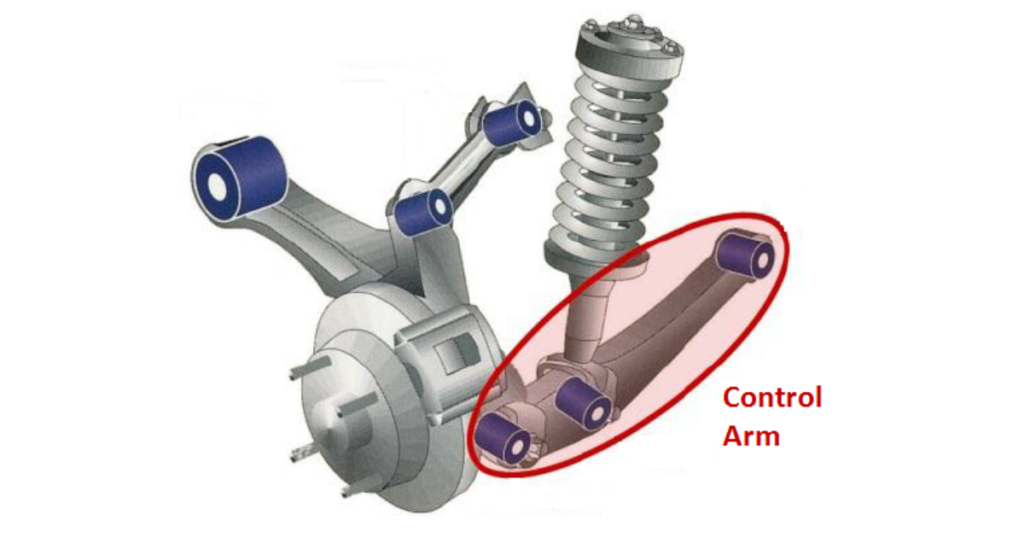
Control arms, or A-arms, connect the suspension system to the vehicle’s frame and facilitate the vertical movement of the wheels. They play a crucial role in maintaining wheel alignment and controlling the geometry of the suspension system.
Bushings: Reducing Friction and Noise
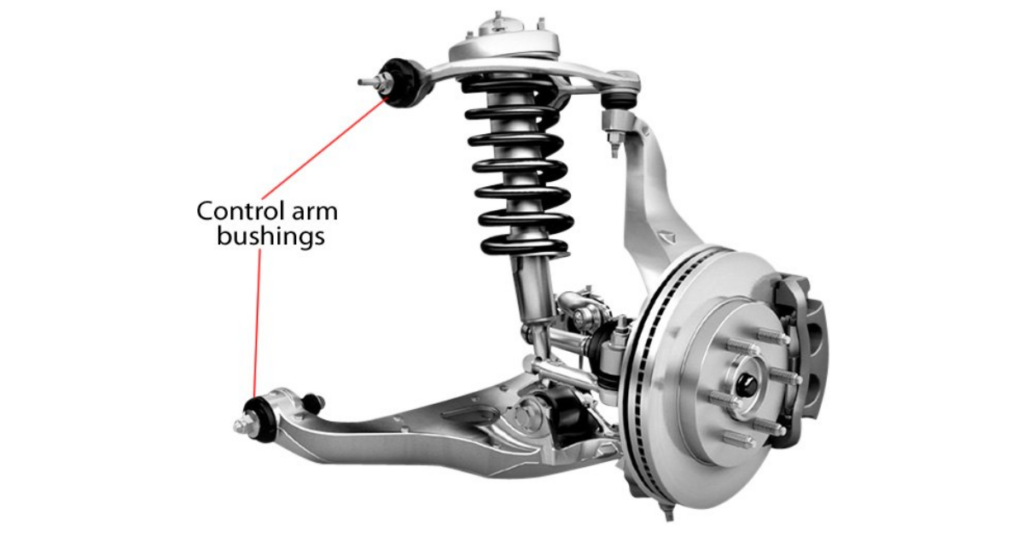
Bushings act as cushions between various suspension components, reducing friction and absorbing vibrations. They contribute to a quieter and more comfortable ride by isolating the vehicle from road noise and harsh vibrations.
Air Suspension: A Leap Forward in Comfort
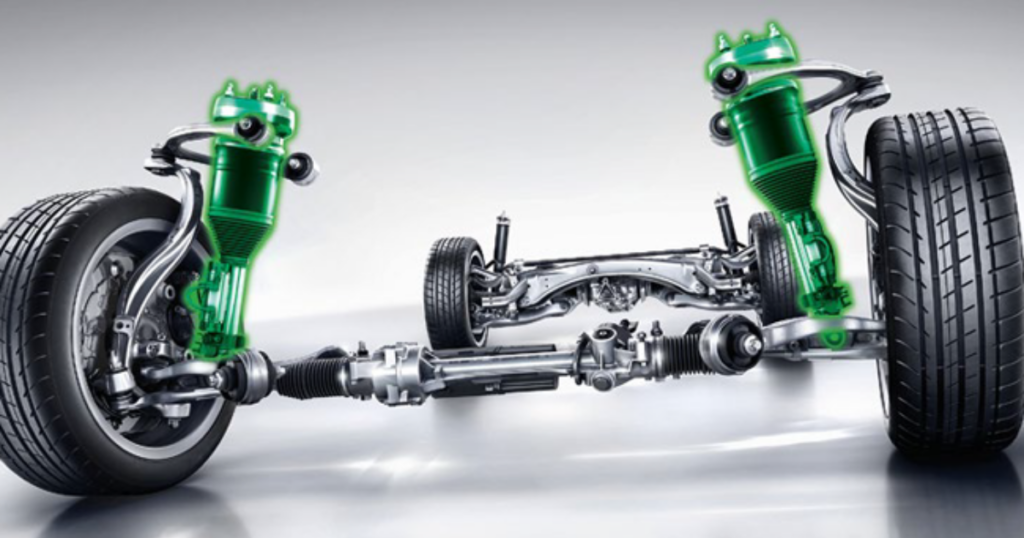
Some high-end vehicles and luxury cars feature air suspension systems. Instead of traditional springs, these systems use airbags that can be adjusted to provide varying levels of stiffness, offering a customizable and luxurious ride.
Active Suspension: Adapting to Driving Conditions
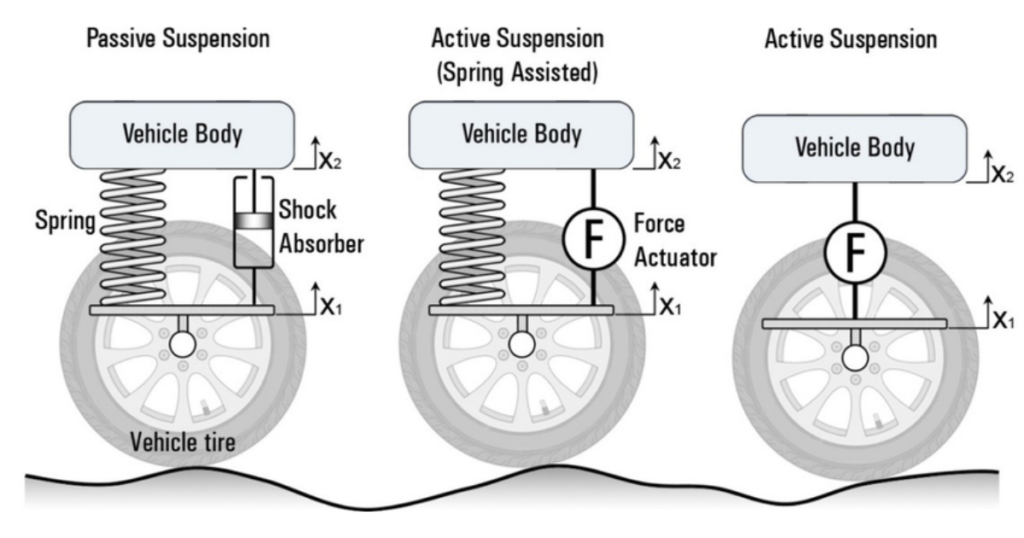
Active suspension systems use sensors and electronic control units to continuously adjust damping levels and other parameters based on driving conditions. This technology enhances ride comfort and handling dynamics, adapting in real-time to varying road surfaces and driving situations.
MacPherson Strut vs. Double Wishbone: Suspension Designs
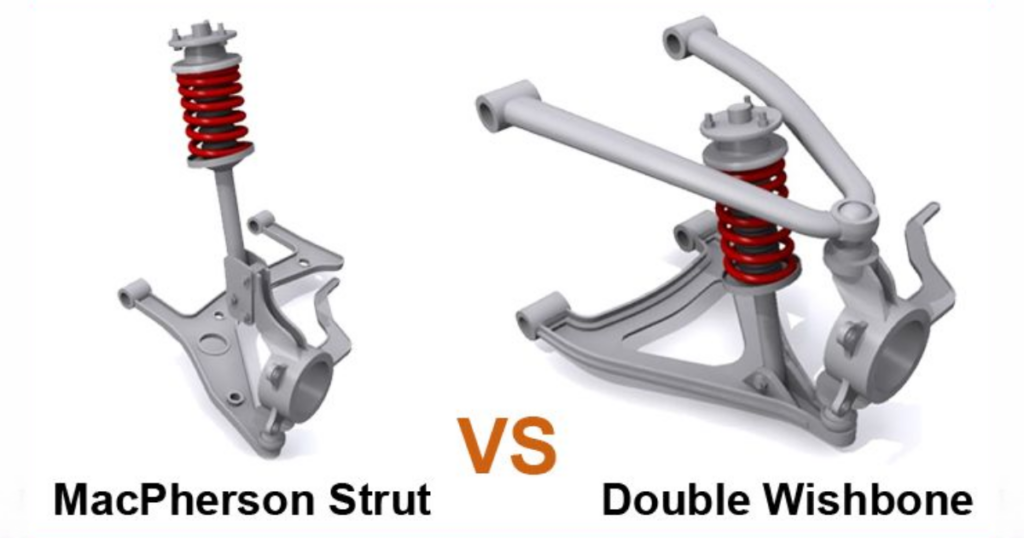
The McPherson strut and double wishbone are two common suspension designs, each with its own advantages. McPherson struts are simpler and more cost-effective, while double wishbone setups offer better handling and responsiveness.
Off-Road Suspension: Meeting the Challenge
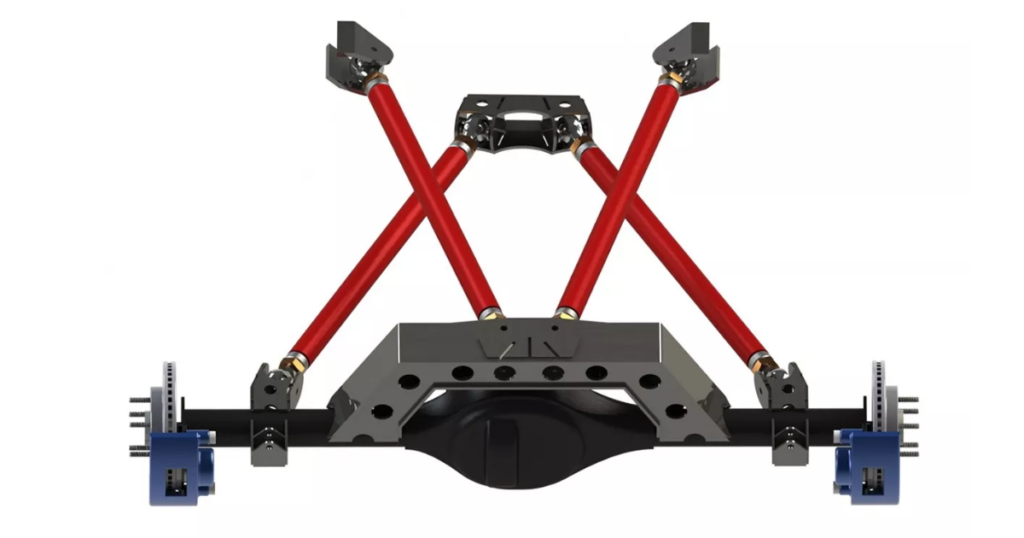
Off-road vehicles, designed to tackle challenging terrains, employ specialized suspension systems. Features like longer travel, reinforced components, and adjustable damping allow off-road vehicles to navigate rough landscapes with ease.
The Impact of Suspension on Tire Wear
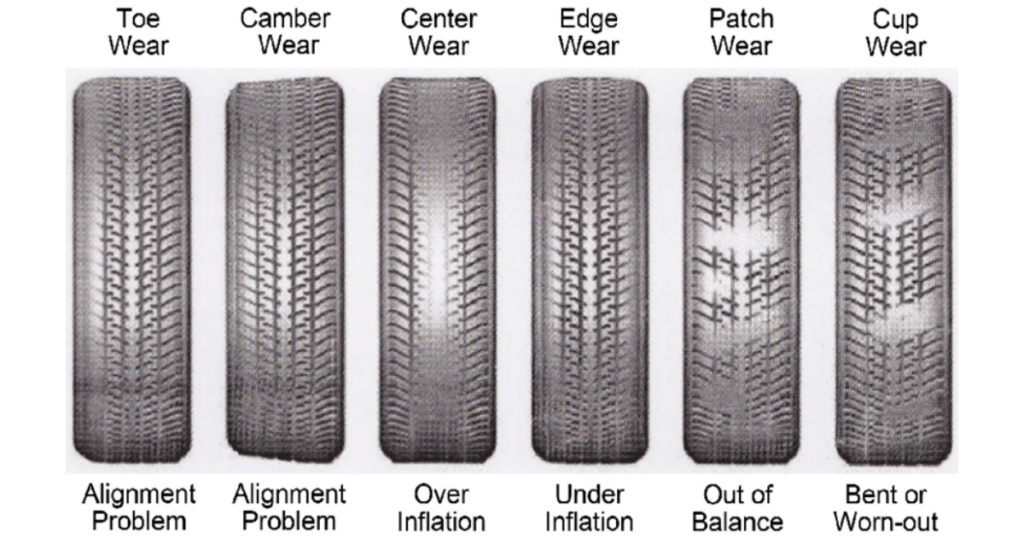
A well-designed suspension system not only enhances ride comfort but also contributes to even tire wear. A properly balanced suspension ensures that each tire bears its share of the load, promoting longevity and reducing the frequency of replacements.
Conclusion
The suspension system is a silent conductor in the complex movement of vehicle engineering, bringing comfort, stability, and performance together in an orderly combination. Every part, from basic springs and shock absorbers to modern active suspension systems, is essential in determining how a vehicle feels to drive. Knowing the science underlying suspension systems makes us appreciate the technology that goes into every car even more. It also emphasizes how crucial a well-maintained and precisely adjusted suspension is to a controlled, comfortable, and enjoyable drive on the open road.
For a better visual idea of how different types of suspension systems work, have a look at the video below.

